- Home
- John Updike
Higher Gossip: Essays and Criticism Page 2
Higher Gossip: Essays and Criticism Read online
Page 2
When, nine months later, I began to pinch and knead this volume into existence, this carton provided me with starter dough. Its contents consisted of three shirt boxes, one containing all the book reviews that Updike had published in The New Yorker since he wrapped up Due Considerations in 2006; another containing twenty years’ worth of uncollected art writings, most of it written for The New York Review of Books; and the last containing what Updike called his “oddments”—editorial commissions from every corner, and of every length and weight, including pieces on Harvard Square in the 1950s and Ipswich, Mass., in the 1970s, on the bones and horns of dinosaurs and the iron-red dust of Mars, on the courage of ballplayers and the effervescence of Cole Porter, on the best American short stories of the twentieth century and the disappearance of the professional writer in the digital age. (Some of these oddments had been copyedited for, but in the end omitted from, More Matter and Due Considerations.) The texts of these pieces were not, as I’d expected them to be, corrected tear sheets of the original printings; they were instead clean printouts from Updike’s personal computer—double-spaced, in fourteen-point Georgia, easy on his aging eyes and mine. Each piece had been meticulously revised for eventual collection in book form, and some pieces were much expanded from their published versions, with new titles, sentences, paragraphs, parentheticals, and footnotes.1 All are reproduced faithfully here, just as Updike left them.
This carton of pieces did not come with instructions for assembly: Updike left no outline, and no proposed title, for his hoped-for final book. He did leave, however, the example of his six previous collections, with their charmingly diffident two-word handles (Picked-Up Pieces, Odd Jobs, More Matter, etc.) and their characteristic organization (from fiction and humor and personal essays that aspire to the condition of fiction, to reviews of books and museum shows, to lighter, shorter, varied fare and, lastly, essays on the author’s own work). These helped me strike a tone and build a tome. I brought to the task a few assets of my own: thirty-five years’ close acquaintance with the writer’s work, a compulsive habit of bibliographic stone-turning, and what Updike once termed “the collecting instinct,” which delights in sets of things. Fed by my editorial additions, the starter dough doubled and then almost overflowed the pan—but this wouldn’t be an Updike collection if it didn’t offer a sense of yeasty, ever-rising abundance, of all-this-and-then-some, of almost-too-muchness.
The first section of Higher Gossip, comprising memoir, humor, short stories, and poetry, is titled “Real Conversation” because I recall Updike saying in a radio interview that while criticism is written by a mind engaged with art, fiction is written by an artist engaged with reality. (The closest I could find to this thought among his written works was this, again from the foreword to Hugging the Shore: “An artist mediates between the world and minds; a critic merely between minds. An artist therefore must … maintain allegiance to the world and a fervent relation with it.”) These pieces, it seems to me, bring us Updike the artist in fervent conversation with the real.
The opening pair of items, both first-person meditations on old age, are among the last he published: “The Writer in Winter,” in AARP Magazine for November/December 2008, and “A Desert Encounter,” in The New Yorker for October 20 of the same year. “Nessus at Noon,” a comic playlet occasioned, like his early light verse, by a printed artifact, in this case a “customer note” from his neighborhood dry cleaner, is also of the latest vintage: it comes from The American Scholar for Winter 2009. The next three items are fugitive short stories—my pick from a field of, by my count, eight—arranged by the age of the protagonist, oldest to youngest. “The Football Factory” (1989), which antedates and perhaps inspired Rita Cohen’s visit to the Swede’s glove factory in Philip Roth’s American Pastoral (1997), is the semi-journalistic byproduct of Updike’s chance visit, in the spring of 1988, to the Wilson Sporting Goods factory, in Ada, Ohio. It was published in the magazine of the Sunday Observer (London) and revised for the privately printed 1993 collection Love Factories: Three Stories (Helsinki); this printing, however, marks its North American debut. “The Beloved” has had perhaps the most tortuous publication history of any Updike story. It was accepted by The New Yorker in 1971 and was already in proof when, as Updike relates in More Matter, “the magazine’s head editor, William Shawn, expressed such qualms about the theatrical background I had concocted … that we agreed to kill the story, though I, along with the typesetter, had already been paid. I was troubled by this outcome, and offered to return the money, but Bill”—fiction editor William Maxwell—“extracted from the story’s thirty or so pages six or seven that he thought would make a New Yorker ‘casual.’ ” These pages were published, as “Love: First Lessons,” in the issue of November 6, 1971; the remainder ran, as “The Beloved,” in Transatlantic Review for Fall 1974. The reunited whole was at last printed, as a small book limited to four hundred copies, in 1982; this version, much revised from the then ten-year-old original, is the text made public here. The final story, “The Lens Factory,” was published in Granta in 1989 and, like the football-factory outing, revised for Love Factories. It is a latter-day Olinger story, its controlling consciousness that of the onetime boy David Kern, the protagonist also of “Pigeon Feathers” (1961), “Lunch Hour” (1995), “The Road Home” (2005), and other short works of autobiographical fiction.
I’ve concluded “Real Conversations” with five poems, four of them previously uncollected, the other (“Head of a Girl, at the Met”) printed in the long-unavailable Facing Nature (1985) but not in Collected Poems (1993). They are here to give those readers who know only Updike’s prose a taste of his verse, and also to return the section—in a series of lyrics on erotic love, art, and death that approximates a spin of the Wheel of Life—from the youth of David Kern to the old age of the narrator of “The Writer in Winter.” The dates of publication are as follows: “Basium XVI” (or “Kiss 16”), 1986; “Head of a Girl, at the Met,” 1985; “Cafeteria, Mass. General Hospital,” 2007; “An Hour Without Color,” 2003; and “Not Cancelled Yet,” 1994.
The second section, “Book Chat,” collects literary tributes, speeches, introductions, and reviews. If the present volume were typical of Updike’s other non-fiction collections (which, beginning with the second, appeared at regular eight-year intervals), the book reviews from The New Yorker would number in the sixties and make up half its contents. Higher Gossip, which is published hard on the heels of 2007’s Due Considerations, collects only thirty months’ worth of “new” reviews, from “Hugger-Mugger” (September 16, 2006) to the posthumous “Basically Decent” (March 9, 2009). Consequently these book reviews (counting also “Visual Trophies” and “The Valiant Swabian,” reprinted in later sections) number a mere seventeen—exactly the number published in Updike’s first such collection, the comparatively slim Assorted Prose. While I was pleased that they fell neatly into three focused groupings, I was surprised that they lacked Updike’s customary catholicity: where’s the evocation of a neglected novel from colonial São Paulo or the pocket history of court intrigue in the middle Yuan Dynasty? If Updike could have continued adding to it through 2015, “Book Chat” would surely have wound up less parochially American. Of the four introductions and afterwords that help round out the section, the Cole Porter piece is from 1983, and the Nabokov a 1994 rewrite of a review first published in the Sixties and collected, as “Grandmaster Nabokov,” in Assorted Prose. The others were published in 1999. I am especially happy that the lecture “Humor in Fiction” (1970), which Updike remembered as “one of my most ambitious flights of criticism, on a topic dear to me,” is reprinted here, in full, in the version revised for a limited edition issued in the year 2000. A tantalizing excerpt was a highlight of his youthful Picked-Up Pieces (1975).
If the book reviews tilt heavily toward the American, the art reviews, as if to balance them, are preponderantly European. This is partly because most of Updike’s writings on American art were previously collected in the richl
y illustrated pages of Just Looking (1989) and Still Looking (2005); it is also due to the Eurocentric nature of the retrospective shows hosted by New York and New England art museums during the three decades he was active as an art critic, from 1979 to 2008. A major retrospective in itself, the third section here, “Gallery Tours,” brings together twenty of Updike’s art essays, the largest sampling ever assembled. (Still more uncollected art pieces, all just as strong but crying out for full-color plates, have been reserved for a future, glossier collection.)
Updike’s history as an art writer deserves rehearsal here. As a young man a cartoonist for the Harvard Lampoon and then a scholarship student at the Ruskin School of Drawing and Fine Art, Oxford, he had planned to become a writer and graphic artist both—a second James Thurber, perhaps, or a combination Robert Benchley–Gluyas Williams. Although in his middle twenties he turned away from drawing in favor of writing fiction, he always made verbal picture-making a central element of his storytelling. He treasured Joseph Conrad’s definition of the artistic impulse as “a single-minded attempt to render the highest kind of justice to the visible world.” He also adopted Conrad’s apology to his readers as his own: “My task which I am trying to achieve is, by the power of the written word, to make you hear, to make you feel—it is, before all, to make you see.”
In 1973, twelve years into his career as a book reviewer, Updike ventured his first critical piece on visual art: a roundup, published in The New York Times Book Review, of the first three volumes in Putnam’s World History of Erotic Art series. He followed with considerations of other art books, including Two Hundred Years of American Illustration (Norman Rockwell, N. C. Wyeth) and Peter Gay’s Art and Act (Manet, Gropius, Mondrian). Then, as Updike later remembered,
in January of 1979 an American edition of the French art magazine Réalités began to be published.… The French original and then the successful British version had contained brief essays on art by non-specializing belletrists; I was invited by the editor, James Forsht, to contribute one such, and I did, on a favorite painting of mine by Richard Estes [Telephone Booths]. It appeared in the November/December issue.
Updike then offered Forsht a second essay, on an eighteenth-century Japanese woodblock print, and asked if he might also have his say on an Adam and Eve by Lucas Cranach.
Seeing that I was a game columnist, [Forsht] gave my contributions the general title “Impressions,” and, to feed my inspiration, sent a batch of museum postcards [Homer, Sargent, Diebenkorn, Johns]…. Every month or two I would write about five hundred words based upon one of these, or upon two that compared amusingly.… Seven essays in all were published before the ambitiously elegant magazine, not surprisingly, cut its losses and folded.
Though its life was brief (1979–81), the American Réalités, to its lasting credit, launched Updike as an art critic. Soon he was writing further “Impressions” for Art & Antiques, Travel + Leisure, and the recently revived Vanity Fair. Beginning in 1983, Leon Wieseltier asked him to review museum shows for The New Republic, and then, in 1990, Robert Silvers made him a regular art critic at The New York Review of Books. Up-dike dedicated Still Looking to Silvers—“editor, enabler, connoisseur.”
In his introduction to Just Looking, Updike writes movingly about museumgoing as a kind of churchgoing, and about how the habit of looking at visual art helped him to maintain a fervent relation with the world. Here he is in 1989, a man in his middle fifties, remembering himself as an untried writer in his twenties, when, to refresh his spirit after a day writing Talk pieces for The New Yorker, he would often visit the Museum of Modern Art:
Within the museum, Brancusi’s statues were grouped in a corner room … and emanated an extraordinary peace and finality—the floating Fish of gray marble whose stratifications became events in an imagined water, the soaring Bird in Space that etherealized the viewer into an elongate reflection.… These pet shapes … had acquired, in the decades of the sculptor’s obsessed reworking of them, a sacred aura, which I imbibed as in a chapel, in that softly lit corner space.…
I was looking for a religion, as a way of hanging on to my old one, in those years, and was attracted to those artists who seemed to me as single-minded and selfless as saints.… Picasso seemed a bit too noisy, too bustling and carnal, for my hagiography, but there was a painting by fellow Spaniard and Cubist Juan Gris which I often contemplated with reverence. Breakfast, though a less sunny and matinal work than Bonnard’s The Breakfast Room, tastes more like breakfast: a stark but heartening outlay of brown coffee and thick white china, with a packet of mail and a piece of newspaper at its edges.… On the table, the impudent yet somehow earnest use of commercial paper imitating wood-grain moved me … and the perfect balance and clarity of this crayonned collage … exuded the religious overtone I sought.
A religion reassembled from the fragments of our daily life, in an atmo-sphere of gaiety and diligence: that was what I found in the Museum of Modern Art.… Gaiety, diligence, and freedom, a freedom from old constraints of perspective, a freedom to embrace and memorialize the world anew, a fearless freedom drenched in light: this is what I took away each time, from my visits of just an hour or so, usually in the afternoons, my day’s journalism done, before heading south to my wife and apartment and daughter on West Thirteenth Street. I took away, in sufficient-sized packets, courage to be an artist, an artist now, amid the gritty crushed grays of this desperately living city, a bringer of light and order and color, a singer of existence.
As Updike’s life as a writer unfolded, he found artistic inspiration and aesthetic bliss not only in the chapel-like galleries of MoMA but in other, less likely, public places: Fenway Park, for instance, when Ted Williams played there; the workrooms and galleries of the Museum of Natural History; and Wheatland, the home of President James Buchanan, in Lancaster, Pennsylvania. The fourth group of pieces here, “Pet Topics,” records moments of revelation experienced in the open air—on the marshes and beaches of Massachusetts’ North Shore, and, especially, on golf courses just about everywhere. Golf was for Updike what chess was for Nabokov: a recreation but also a restorative; a discipline but also a drug; a muse and a mistress; a personal quest for simplicity, self-mastery, perfection, and grace. Updike wrote: “I thought I’d had my wistful final say on golf with the publication, in 1996, of Golf Dreams…but the mighty topic exerts such interest that neither editors nor writers are ever quite quits of it.” Here, then, along with essays on science and New England places, are five final rounds with Updike, a name that now joins Robert Marshall, P. G. Wodehouse, and Herbert Warren Wind among the game’s great poet-players.
Updike often felt impelled to apologize, to readers and reviewers alike, for including golf essays in his literary collections. He also made excuses for rounding out such volumes with “snippets” and “bon bons” and “feuilletons,” and so-called narcissistic writings about his own works. Indeed, as a maker of novels and stories and poems he frequently seemed defensive about writing essays and criticism per se. “As eminent a critic as Malcolm Cowley once, after some kind words about a review of mine of James Joyce’s letters, wondered if I ought to be doing this sort of thing at all,” he wrote in the preface to Odd Jobs. “I wondered, too.… And a perspective looms from which all of it was, if not a mistake, an aberration.”
But another perspective looms, one from which “all of it” is only as it could be, from which Updike the literary artist can only be seen whole in relation to Updike the critic. He was, after all, equally the child of his mother, the short-story writer Linda Grace Hoyer, and his father, the high-school teacher Wesley Updike. The urge for him to do, to make, to create, was complemented always by the impulse to teach, to share his discoveries, if not in the classroom then in print. The sun gives light from dawn to dusk, and the moon the sun’s reflection throughout the night; together they make the day. Fiction and poetry, essays and criticism: these were the sun and moon of Updike’s days, twin aspects of the light and order and color that he was bo
rn to bring, the counterpoint of existence that he was born to sing.
A collection like Higher Gossip is, by its very nature, a collaborative effort. In the foreword to each of this volume’s predecessors Updike expressed gratitude to the editors who commissioned the pieces and who, in their various professional attentions, improved them. Had he lived to write a foreword to this seventh collection, he would have extended his warmest thanks to all, and perhaps especially to David Remnick, Henry Finder, and Ann Goldstein of The New Yorker, and Robert Silvers, Michael Shae, and the late Barbara Epstein of The New York Review of Books. For my part, I am grateful to Judith Jones of Knopf, and her assistant, Ken Schneider, for their enthusiasm for this project, and to Updike’s longtime copyeditor, Terry Zaroff-Evans, for her close attention to the text’s finer points. Rachel Jirka, formerly of the Boston Athenæum, helped me track down Updike’s many fugitive pieces, and Sarah Almond secured permission to reproduce the art in “Gallery Tours.” Leslie Morris, curator of modern books and manuscripts at Houghton Library, always made my visits to her basement office seem a welcome distraction from her work cataloging the Updike papers, and never flinched when asked to bring me yet again those three shirt boxes. My deepest thanks, however, go to Martha Updike, for her counsel, generosity, and trust. This book belongs to John Updike, but it is in your hands due to Martha’s energy and love.

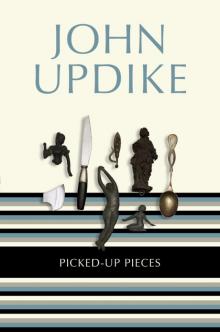 Picked-Up Pieces: Essays
Picked-Up Pieces: Essays Bech: A Book
Bech: A Book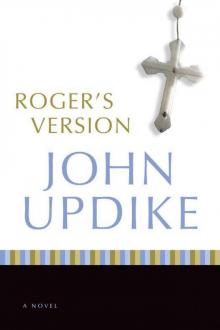 Roger's Version: A Novel
Roger's Version: A Novel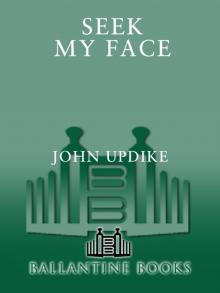 Seek My Face
Seek My Face The Carpentered Hen
The Carpentered Hen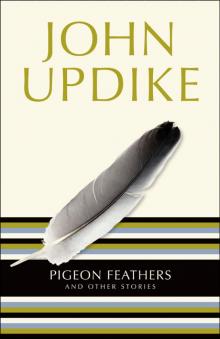 Pigeon Feathers: And Other Stories
Pigeon Feathers: And Other Stories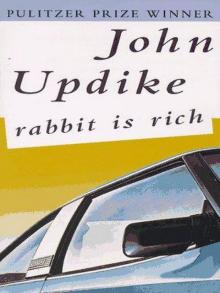 Rabbit Is Rich
Rabbit Is Rich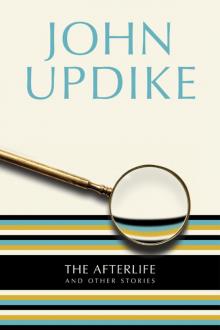 The Afterlife: And Other Stories
The Afterlife: And Other Stories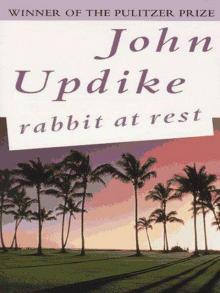 Rabbit at Rest
Rabbit at Rest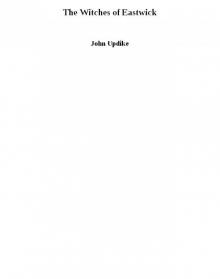 The Witches of Eastwick
The Witches of Eastwick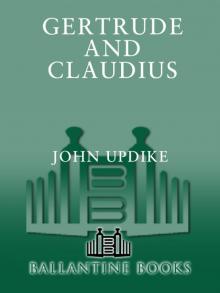 Gertrude and Claudius
Gertrude and Claudius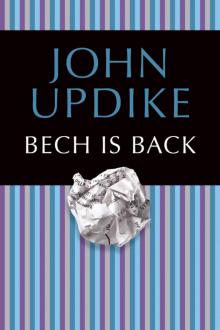 Bech Is Back
Bech Is Back Hub Fans Bid Kid Adieu: John Updike on Ted Williams
Hub Fans Bid Kid Adieu: John Updike on Ted Williams Marry Me: A Romance
Marry Me: A Romance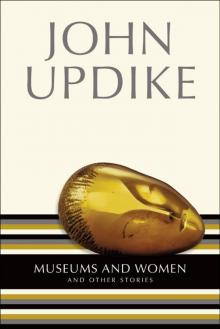 Museums and Women: And Other Stories
Museums and Women: And Other Stories My Father's Tears and Other Stories
My Father's Tears and Other Stories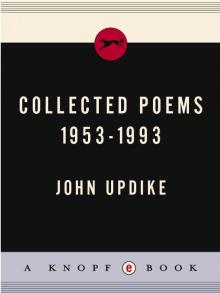 Collected Poems, 1953-1993
Collected Poems, 1953-1993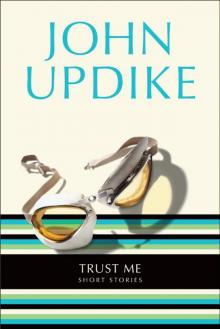 Trust Me: Short Stories
Trust Me: Short Stories Odd Jobs: Essays and Criticism
Odd Jobs: Essays and Criticism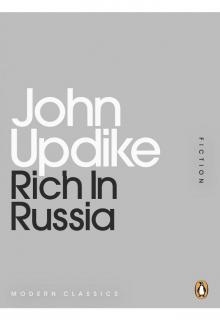 Rich in Russia
Rich in Russia Higher Gossip: Essays and Criticism
Higher Gossip: Essays and Criticism The Widows of Eastwick
The Widows of Eastwick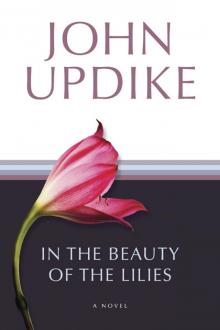 In the Beauty of the Lilies
In the Beauty of the Lilies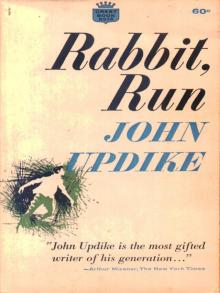 Rabbit, Run
Rabbit, Run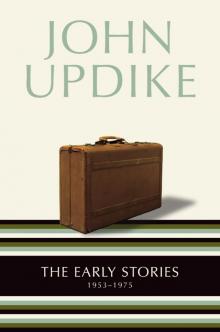 The Early Stories: 1953-1975
The Early Stories: 1953-1975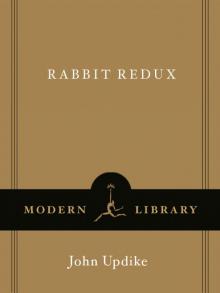 Rabbit Redux
Rabbit Redux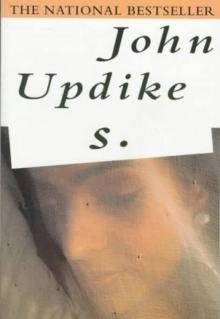 S.
S.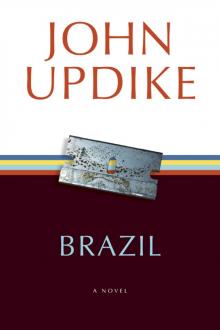 Brazil
Brazil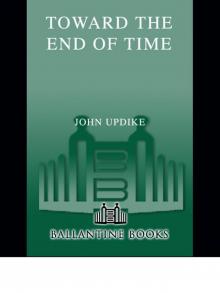 Toward the End of Time
Toward the End of Time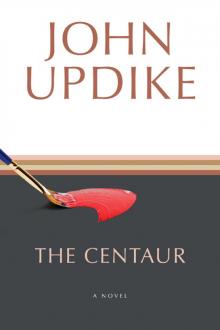 The Centaur: A Novel
The Centaur: A Novel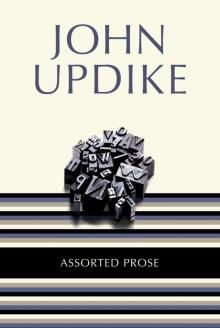 Assorted Prose
Assorted Prose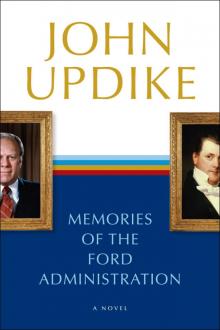 Memories of the Ford Administration
Memories of the Ford Administration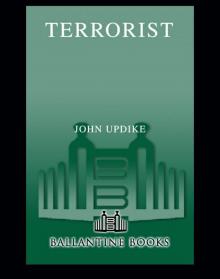 Terrorist
Terrorist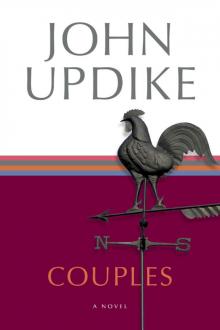 Couples: A Novel
Couples: A Novel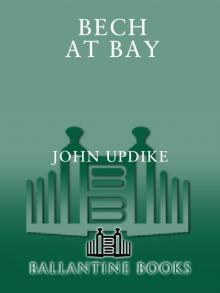 Bech at Bay
Bech at Bay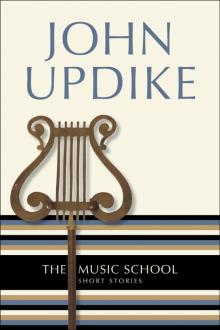 The Music School: Short Stories
The Music School: Short Stories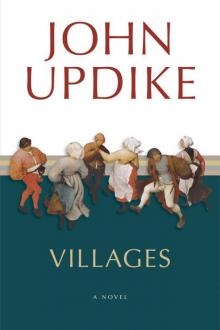 Villages
Villages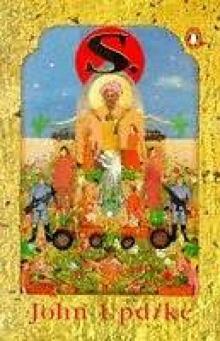 S
S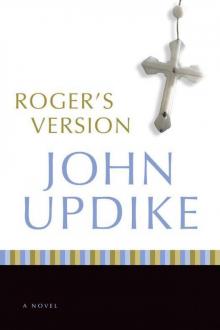 Roger's Version
Roger's Version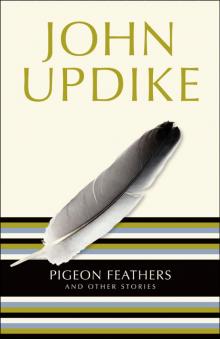 Pigeon Feathers
Pigeon Feathers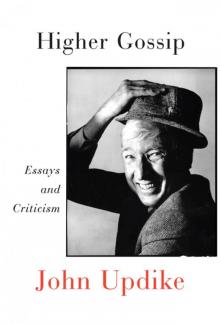 Higher Gossip
Higher Gossip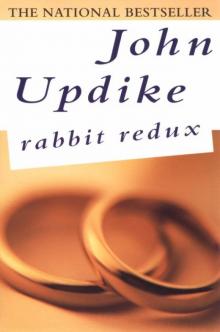 Rabbit Redux r-2
Rabbit Redux r-2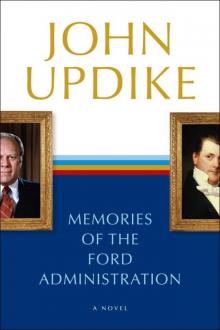 Memories of the Ford Administration: A Novel
Memories of the Ford Administration: A Novel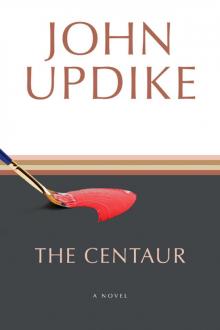 The Centaur
The Centaur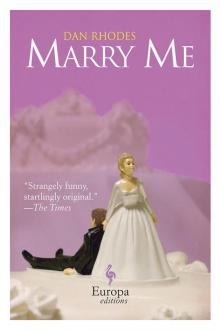 Marry Me
Marry Me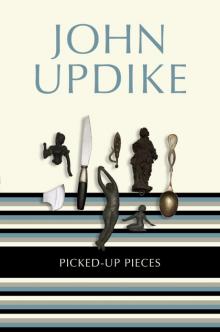 Picked-Up Pieces
Picked-Up Pieces Bech
Bech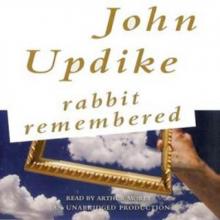 Rabbit Remembered
Rabbit Remembered Trust Me
Trust Me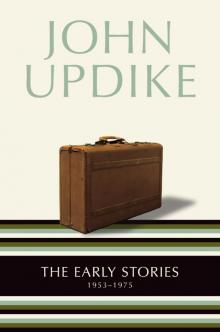 The Early Stories
The Early Stories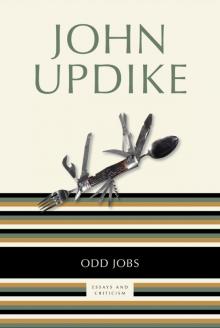 Odd Jobs
Odd Jobs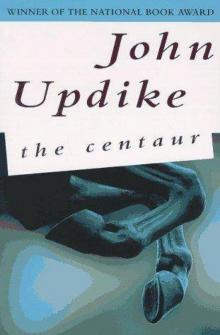 The Centaurus
The Centaurus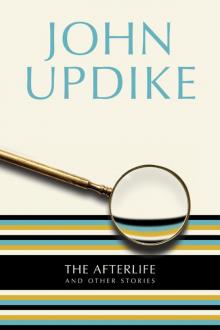 The Afterlife
The Afterlife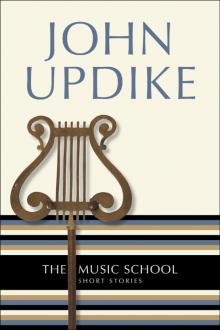 The Music School
The Music School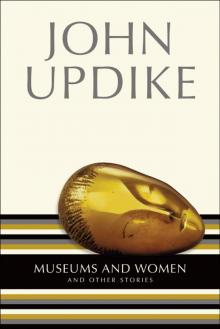 Museums and Women
Museums and Women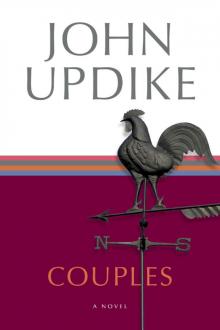 Couples
Couples